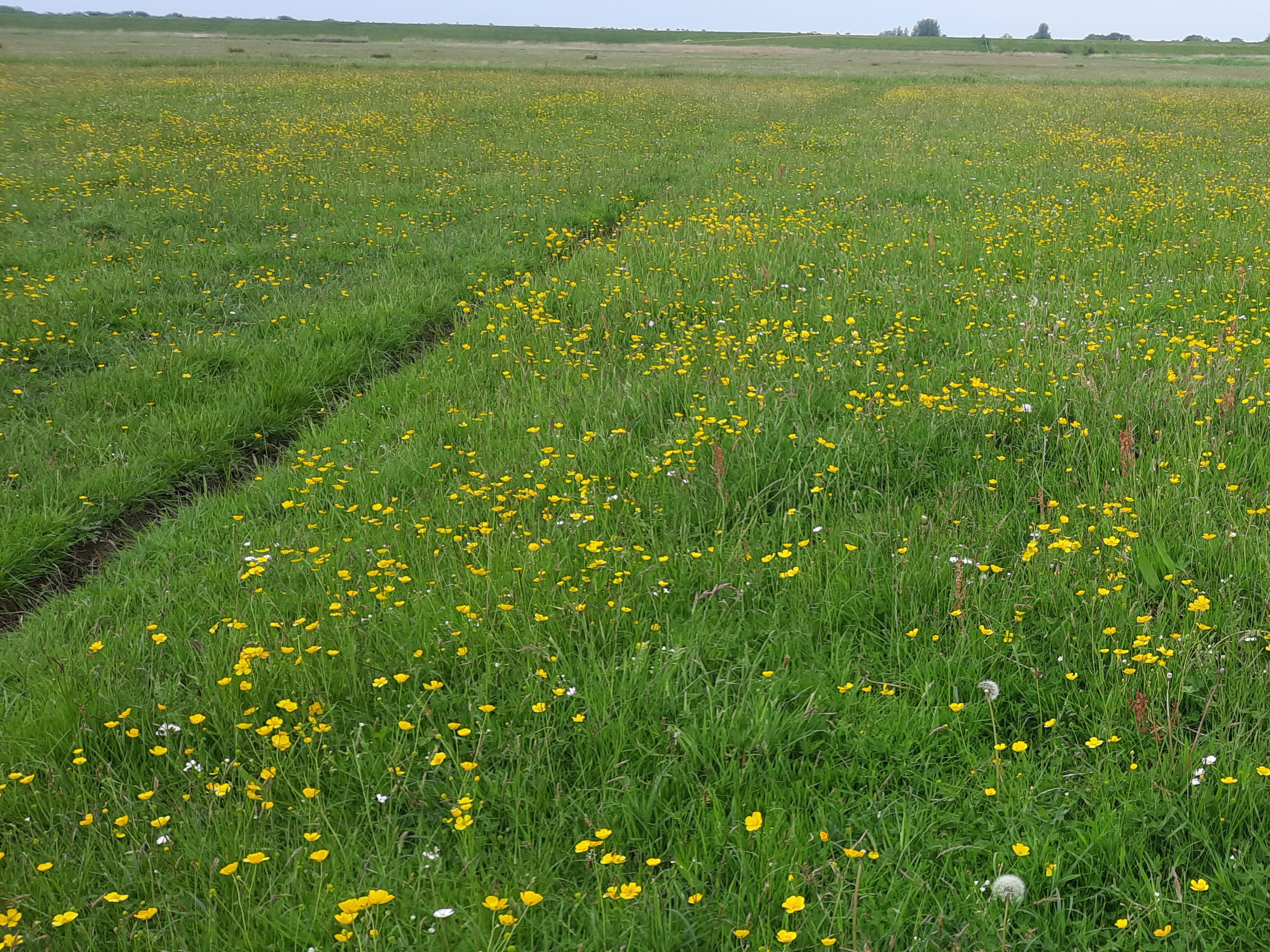Grasslands that remain intact for many years become more naturally valuable for every year they are left untouched. These permanent grasslands are more valuable for biodiversity than grasslands plowed over every so often to make new grass or arable crops, Taylor Craft and colleagues at the University of Groningen reported in the scientific journal Frontiers. “From worms to black-tailed godwits, lots of organisms benefit from old grassland,” Craft says. “But the registration of these old grasslands in official records leaves quite a bit to be desired.”
Of all the fields used for agriculture in the Netherlands, the majority are used for feeding cows that produce milk. These fields are also home to many species of plants and animals that provide important ecosystem services such as nutrient cycling, pest control, seed dispersal, and climate regulation. In the Netherlands, one of the most intensively farmed countries in the world, little land is left for wildlife, so it is important for scientists to learn how our farmed land can also be used to give wildlife a home. In a recent study, a team of ecologists from the University of Groningen mapped agricultural grasslands within the municipality of Southwest Friesland, the most important breeding area for the Black-tailed Godwit. This map depicts not only grasslands but also shows how often each field has been used to grow annual row crops, such as maize or wheat. By keeping track of this, the researchers were able to measure how often grasslands are replaced by other crops. This indicates the stability in the use of grasslands and the conditions for the species that live there.
Read the open access article at: https://www.frontiersin.org/articles/10.3389/fenvs.2022.982925/full
